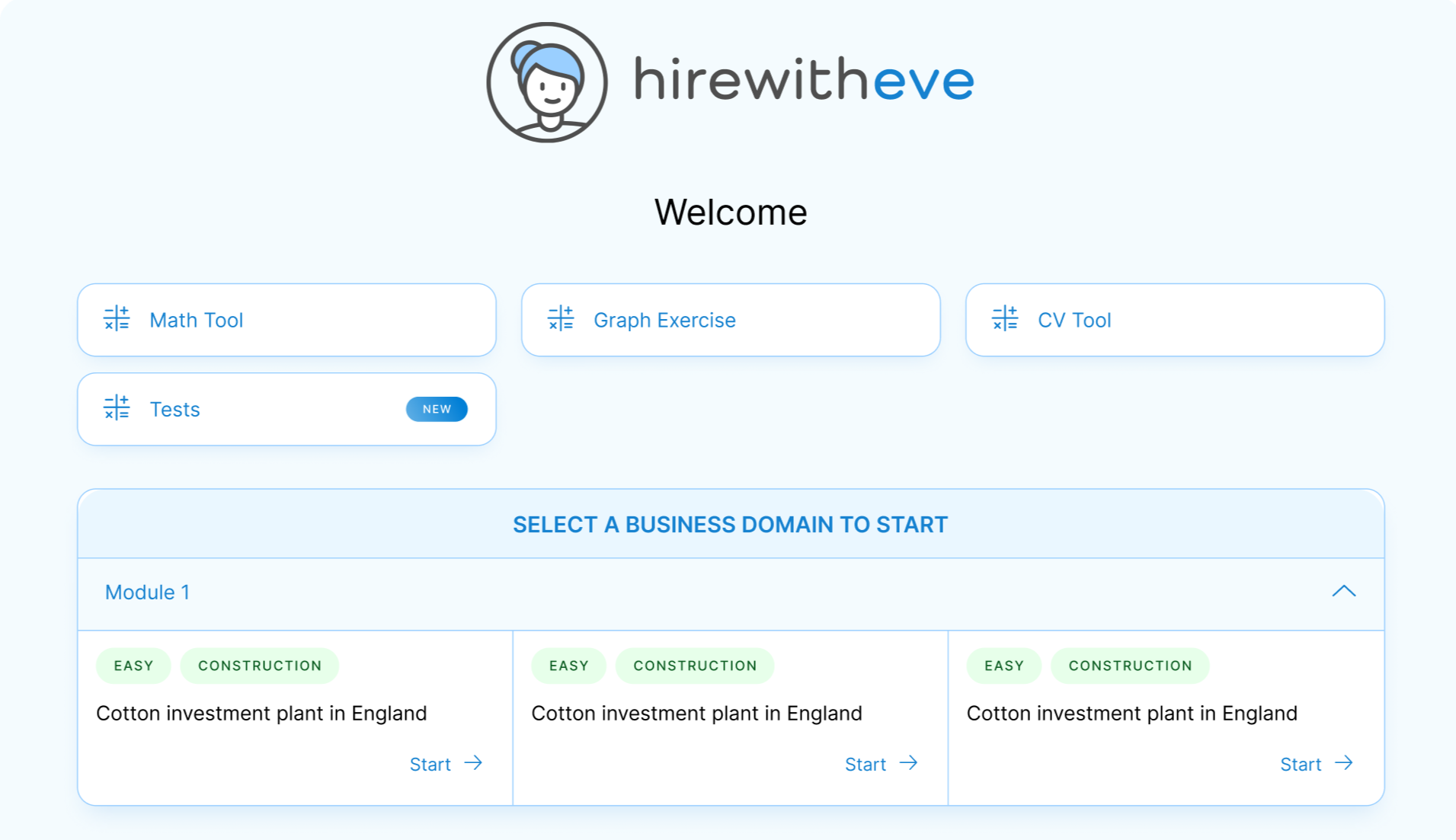5 Ways to Strategically Downsize Your Business

Downsizing is often a difficult but necessary step for businesses facing financial challenges, market shifts, or restructuring needs. While downsizing can involve reducing the workforce, it is important to approach it strategically to minimize disruptions and maintain long-term sustainability. By carefully planning and executing a downsizing strategy, businesses can emerge more streamlined, resilient, and better positioned for future growth.
In this blog, we’ll explore five ways to strategically downsize your business while ensuring that you protect your core operations and foster positive morale among remaining employees.
Table of contents
Focus on Core Business Operations
The first step in a strategic downsizing process is to identify your company’s core business operations — the functions and services that directly contribute to your main value proposition. By focusing on these key areas, you can make informed decisions about which departments, roles, and projects are essential to the company’s future and which ones can be scaled back or eliminated.
How to focus on core operations:
Evaluate which products or services generate the most revenue and align with your long-term goals.
Identify departments or initiatives that are not driving significant value and consider scaling them down.
Reallocate resources to the areas that contribute most to your business success.
By focusing on your core competencies, you can maintain the essential functions that keep your business competitive while streamlining non-critical areas.
Offer Voluntary Separation Packages
One of the least disruptive methods for downsizing is to offer voluntary separation packages or early retirement incentives to employees. This approach allows employees to leave the company on their terms, which can help minimize negative morale and avoid the perception of forced layoffs.
How to implement voluntary separation packages:
Offer severance packages that include financial incentives and benefits continuation for a limited time.
Consider early retirement offers for long-tenured employees who may be nearing retirement age.
Ensure that the voluntary separation program is clear, fair, and respectful to maintain a positive work culture.
Voluntary separation packages give employees more control over their departure while helping the company reduce costs and maintain goodwill.
Streamline Processes and Cut Non-Essential Costs
Downsizing is not only about reducing headcount — it’s also about optimizing processes and eliminating unnecessary expenses. By conducting a thorough review of your company’s operational costs and workflows, you can identify areas where automation, process improvements, or cost-saving measures can be implemented.
Cost-cutting strategies to consider:
Automate repetitive tasks to reduce the need for manual labor.
Outsource non-core functions, such as IT support or marketing, to reduce overhead.
Eliminate or renegotiate non-essential vendor contracts and subscriptions.
Optimize office space by transitioning to remote work or downsizing physical locations.
Streamlining operations and reducing costs can help your business run more efficiently and reduce the need for widespread layoffs.
Prioritize Internal Communication and Transparency
Effective communication is key to managing a downsizing process with minimal disruption. Employees need to be informed about the company’s plans, the reasons behind the downsizing, and how it will impact them. Transparency helps build trust and reduces uncertainty among remaining employees, which is crucial for maintaining morale and productivity.
Tips for internal communication during downsizing:
Hold town hall meetings or team briefings to explain the downsizing strategy and answer employee questions.
Be honest and clear about the reasons for downsizing, the timeline, and what employees can expect.
Provide support resources, such as counseling services or career transition assistance, for affected employees.
By communicating openly with your team, you can create a sense of stability and reassure remaining employees that the company is taking thoughtful steps to move forward.
Restructure Roles and Emphasize Cross-Training
After downsizing, the remaining employees may need to take on new responsibilities. Restructuring roles and cross-training employees ensures that essential functions are maintained while optimizing your workforce’s capabilities. This approach can help fill gaps left by departing employees and improve operational flexibility.
How to restructure roles and cross-train employees:
Reassess job descriptions and adjust roles to ensure all critical tasks are covered.
Implement cross-training programs to teach employees new skills and functions, allowing them to cover multiple areas if needed.
Foster a collaborative environment where employees are encouraged to step into new roles or responsibilities as needed.
Restructuring and cross-training allow your team to be more agile and adaptable, which is especially important in a leaner organization.
Conclusion
Downsizing, while challenging, can be managed strategically to ensure the long-term health and sustainability of your business. By focusing on core operations, offering voluntary separation packages, cutting non-essential costs, and communicating transparently with your employees, you can minimize the negative impact of downsizing and keep your business on a path to recovery. Emphasizing cross-training and restructuring roles can also help you make the most of your remaining talent and resources.
For companies looking to streamline their downsizing process, HirewithEve.ai offers tools that help manage internal communication, track employee skills, and optimize talent retention strategies.
Target Your Talent
Unlock tailored solutions for your recruitment and hiring needs with Eve Platform's extensive case study library.
Subscribe now to enhance your HR expertise and excel in your role.
Free Resources

Transforming Hiring: 7 Key Recruiting Metrics
Enhancing recruitment processes with data-driven insights for better hiring outcomes.

Reducing Hiring Bias with Hirewitheve.
Utilizing Hirewitheve to combat bias and streamline recruitment processes effectively.

Hiring Detail-Oriented Candidates
HirewithEve enhances hiring by accurately assessing candidate's attention to detail-oriented.








